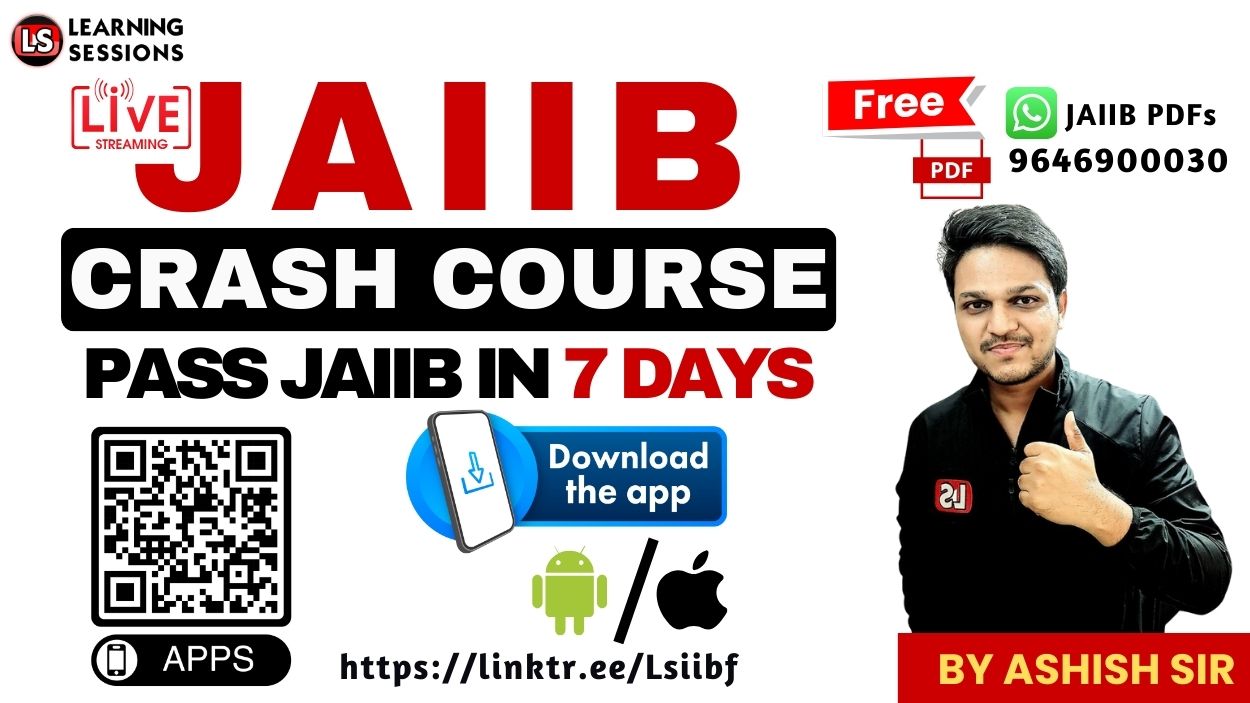Ever struggled with transferring money securely and efficiently? Whether you’re sending funds to family, making business payments, or setting up auto-debits, remittance products play a crucial role in modern banking.
📚 JAIIB Study Resources 📚
👉 Check Here
👉 Check Here
👉 Check Here
👉 Get Tests Here
👉 Check Here
In this session, we dive deep into essential remittance products like NEFT, RTGS, and ECS, breaking down how they work, their advantages, and their differences. If you’re a banking professional, JAIIB/CAIIB aspirant, or someone managing financial transactions, this video is a must-watch!
- How different remittance products function
- The key differences between NEFT, RTGS, and ECS
- Which one suits your financial needs best
- Security measures and advantages of digital fund transfers
💡 Watch the full video below and drop your queries in the comments!
📺 Watch Now:
Understanding Remittance Products
🕐 What are Remittance Products? (00:00:53)
Remittance products allow individuals and businesses to transfer funds electronically from one account to another. The most popular types include:
- NEFT (National Electronic Funds Transfer)
- RTGS (Real-Time Gross Settlement)
- ECS (Electronic Clearing System)
These systems ensure safe, quick, and reliable fund transfers across banks. With increasing digital adoption, these methods are becoming more efficient, helping businesses and individuals manage transactions seamlessly.
Key Remittance Products Explained
🕐 NEFT: National Electronic Funds Transfer (00:03:25)
- ✅ Launched by RBI in 2005
- ✅ Works in half-hourly batches (48 per day)
- ✅ No minimum or maximum transaction limit
- ✅ 24×7 availability since 2019
How it works:
- You submit a fund transfer request with beneficiary details (account number, IFSC code, etc.).
- The bank groups NEFT requests and processes them in batches.
- The fund transfer is completed within 30 minutes to a few hours.
NEFT is widely used for everyday transactions due to its flexibility and accessibility.
📌 Best for: Small to medium-value transfers that don’t require instant processing.
NEFT vs RTGS vs ECS: A Quick Comparison
| Feature | NEFT | RTGS | ECS |
|---|---|---|---|
| Processing | Batch-wise | Real-time | Automated |
| Min. Limit | No limit | ₹2 Lakhs | No limit |
| Max. Limit | No limit | No limit | No limit |
| Speed | 30 mins – few hours | Instant | Scheduled |
This table summarizes the key differences, helping you choose the right method for your needs.
[FREE EPDF] JAIIB EXAM | Credit Cards & Debit Cards | RBWM Chapter 10
Conclusion
We hope this detailed breakdown of NEFT, RTGS, and ECS has clarified how these remittance products work. Whether you’re an individual or a business, choosing the right payment method can save time, reduce hassle, and improve efficiency.
💡 Key Takeaways:
- Use NEFT for everyday transactions
- Use RTGS for urgent high-value transfers
- Use ECS for automated recurring payments
- Adopt digital banking for enhanced security and ease
📌 What’s your experience with these remittance products? Share your thoughts in the comments!
📥 Download Free PDF Notes:







